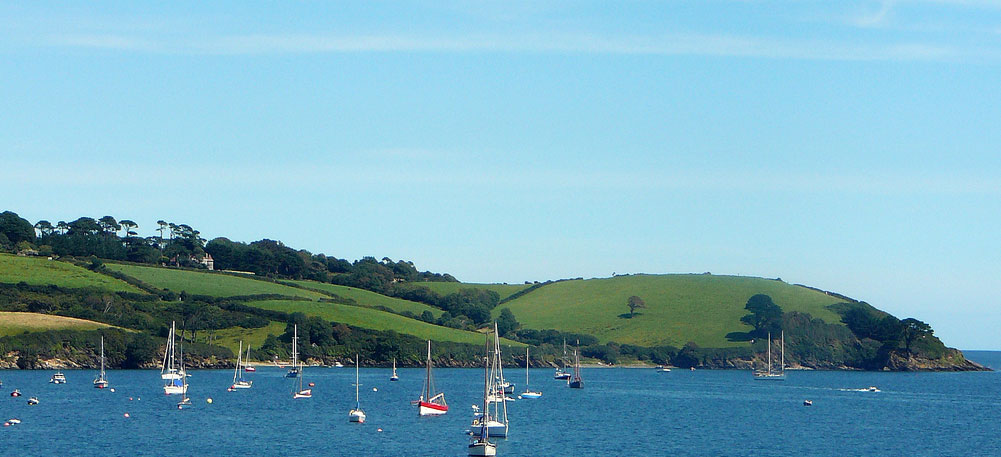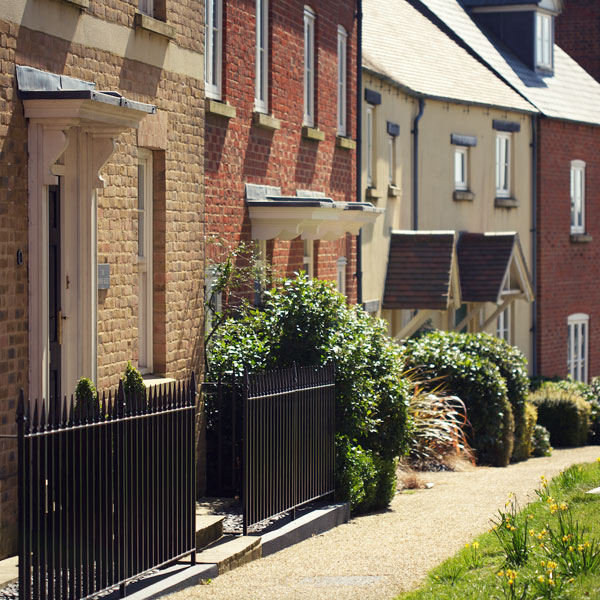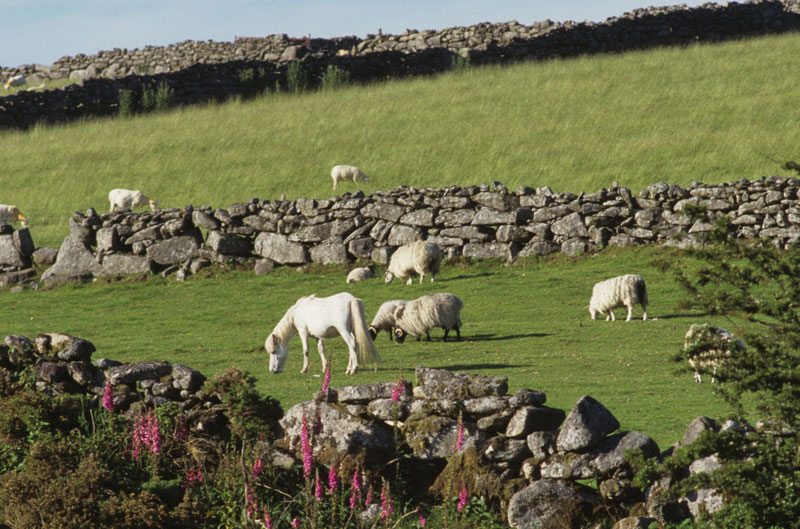The Waters - Among the oldest parts of the Duchy of Cornwall are the Dart, Salcombe and Kingsbridge, Avon, Tamar, Looe, Helford and Camel estuaries and coastal foreshore around Cornwall and the Isles of Scilly.


The Duke of Cornwall supports conservation projects that help to protect the local landscape & marine environment
A number of these areas have gained statutory protection through designations such as The Coast Protection Act, Site of Special Scientific Interest, Special Areas of Conservation and Special Areas of Protection. Some waters are also classified as Area of Outstanding Natural Beauty and therefore protected by extra planning controls and conservation efforts.
As such, the Duchy makes regular contributions to projects such as the Fishing for Litter initiative which encourages trawlermen to bring ashore litter caught in their nets at sea.

Beyond their environmental value, the Duchy's rivers, estuaries and coastline are used for a whole host of recreation and business purposes. Mussels, clams and cockles are farmed or taken from the wild whilst some commercial crab trapping serves the fishing bait industry.
There is a general right to temporarily drop anchor, but regular mooring requires the consent of the owner of the sea or estuary bed. Most moorings are administered on the Duchy’s behalf by local authorities, statutory harbour authorities or sailing clubs and marina operators.
As a general guide, Duchy ownership within an estuary extends from a line across the mouth of the estuary to the highest point upstream to which the tide flows. Along each bank of an estuary and along the coastal foreshore, Duchy ownership extends up to the Mean High Water mark. Along the coast, the Low Water limit is the line of Lowest Astronomical Tide, beyond which is Crown seabed.

The Woodlands - As part of its landholding, The Duchy manages around 1,700 hectares of woodland, including 900 hectares in Cornwall and 600 hectares in Herefordshire.
In 1997, the Duchy committed to 'continuous cover' or 'close-to-nature' forestry principles. The aim here is to rely, wherever possible, on nature to achieve sustainable and diverse woodlands. Sensitively managed, these woodlands will not only contain valuable timber and a wealth of wildlife but will also be attractive environments for the public, many of whom enjoy strolling through the Duchy’s woods.
Sometimes a particularly rare species or feature is found within a woodland, requiring a unique plan of action. For example, Greenscombe Wood in east Cornwall contains a Site of Special Scientific Interest thanks to the presence of the rare heath fritillary butterfly. As a result, management here focuses on maintaining a suitable habitat for this species. Similarly, Aconbury Wood in Herefordshire contains a hill fort, which is a Scheduled Ancient Monument. The woodland is therefore managed with the aim of preserving the hill fort for future generations to enjoy.
To create a 'virtuous circle', timber harvested from the woodlands is often used on the wider Duchy estate. It can be found, for example, in the lintels, window frames and beams at the regenerated Harewood End estate in Herefordshire. Even the woodchip is used to smoke some of the food products, whilst any logs are used for wood burning stoves in the Duchy Holiday Cottages.
The woodlands in Cornwall and Devon are mostly dominated by conifers (often known as softwoods), particularly Douglas fir, larch and red cedar. Such fast-growing species were planted back in the 1950s, 60s and 70s, either on former fields that were no longer suitable for use in agriculture, or in existing woodland. These species perform very well in the warm, moist climate of the south-west peninsula.
The woodlands in Herefordshire tend to contain more native broadleaved species, particularly oak, ash, chestnut, cherry and hazel. The deep and loamy soils in this part of the country make it an outstanding area for growing fine quality hardwoods.

Poundbury is an urban extension to the Dorset county town of Dorchester, built on the principles of architecture and urban planning as advocated by The Prince of Wales in ‘A Vision of Britain’.
Read more
Most of the 27,300 hectares that make up Dartmoor have been owned by the Duchy since its creation in 1337, and in modern times it is agriculture rather than mineral extraction that dominates the use of the land.
Read more